Go the extra mile
Towards a cooler planet
The future of energy will involve adapting power grids for artificial intelligence demands
1 October 2022
The energy landscape has undergone significant transformations over the past few decades, with the rapid adoption of technology driving unprecedented changes in power consumption and distribution.
As we step into an era dominated by artificial intelligence (AI), the implications for energy demand and infrastructure are profound. This article delves into how AI is reshaping our energy needs, the challenges that come with it, and the strategies needed to adapt power grids accordingly.
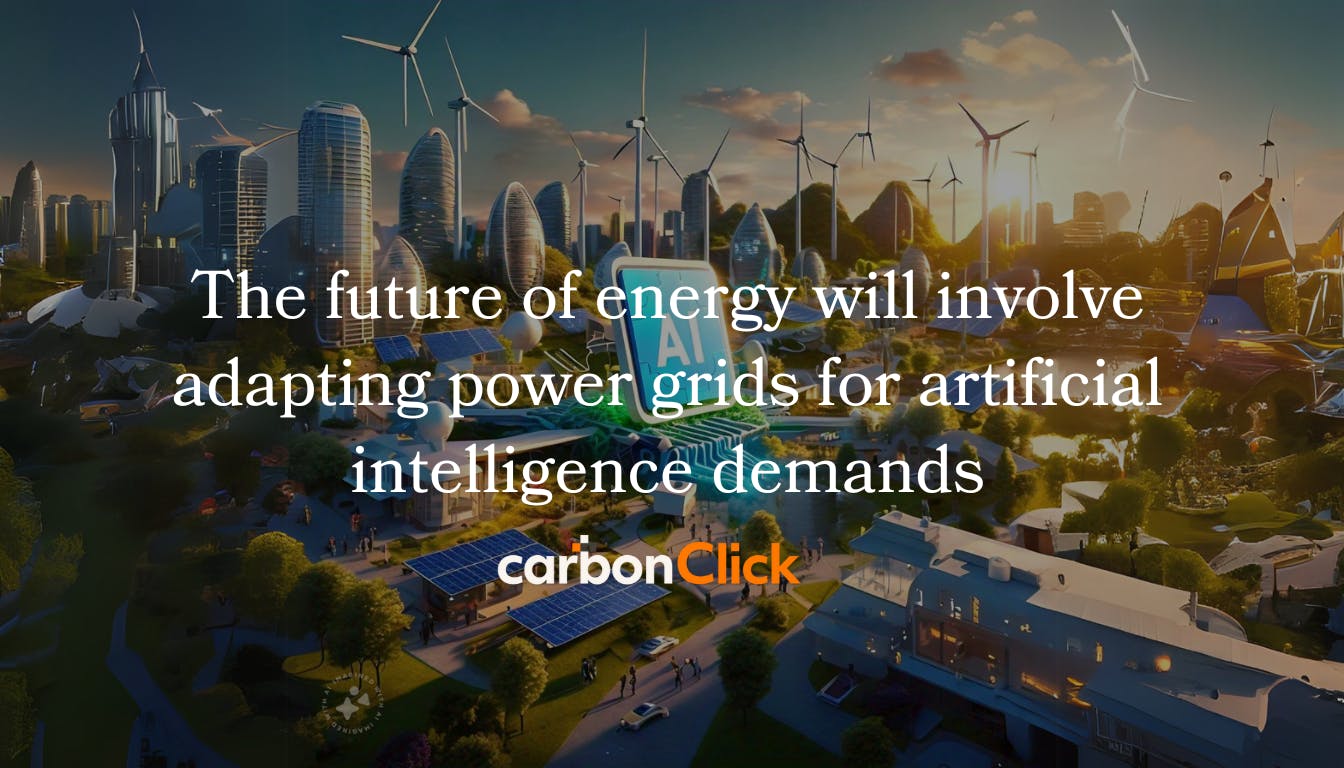
AI’s impact on energy consumption
Generative AI has permeated everyday life, becoming an integral part of online interactions. From chatbots to advanced data processing algorithms, the shift towards AI tools has created substantial spikes in energy requirements.
The rise in power demand is largely attributed to the operation of data centres, which are crucial for processing and delivering AI services. According to Goldman Sachs Research, Europe's power demand could surge by as much as 50% between 2023 and 2033 due to the growing need for data processing capacity.
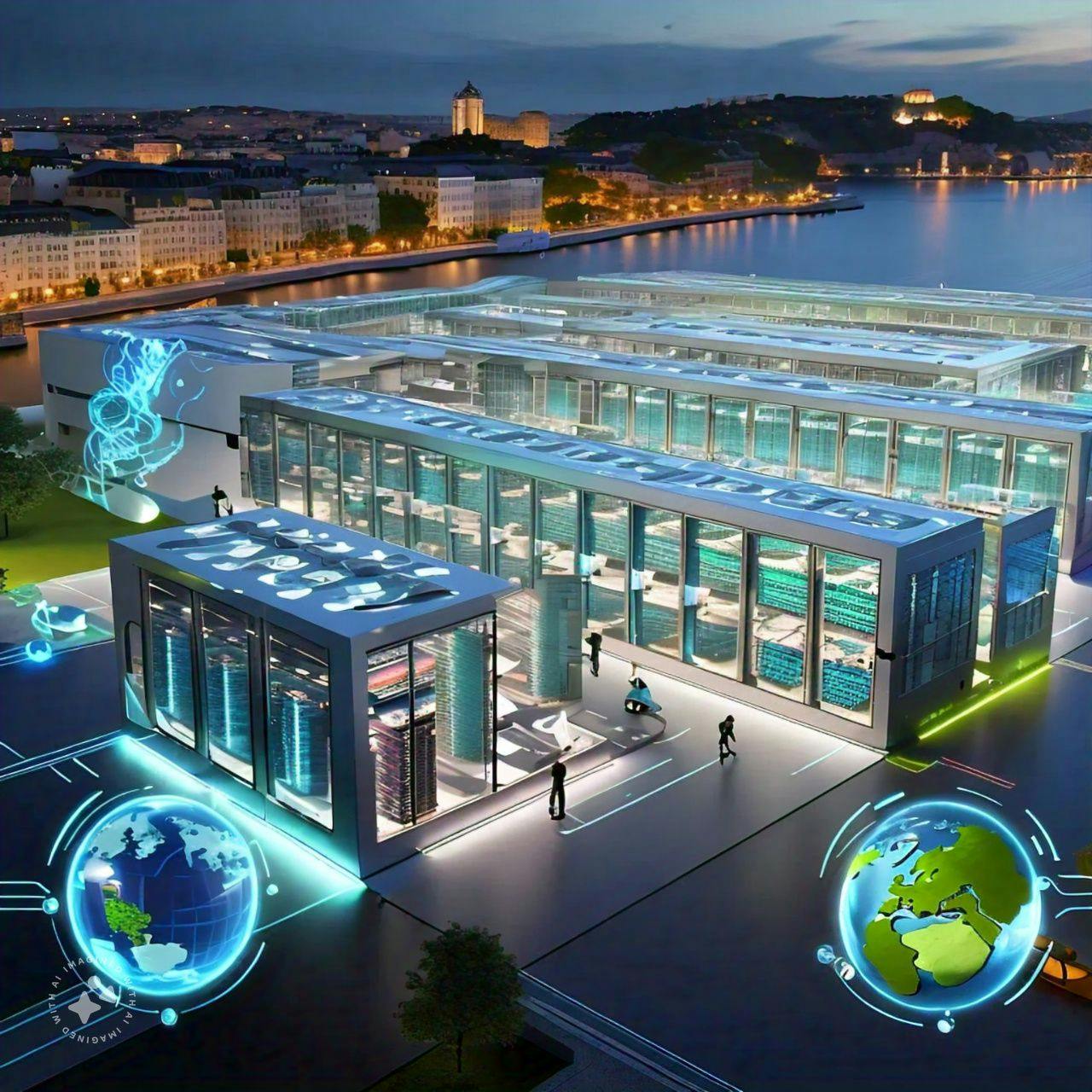
Data centers: The power hungry giants
Currently, around 15% of the world's data centres are situated in Europe. By 2030, it is estimated that the power demands of these facilities will equal the combined total energy consumption of Portugal, Greece, and the Netherlands.
This staggering shift highlights the urgent need for enhanced infrastructure to support such energy-intensive operations. Data centres require vast amounts of electricity not only to run servers but also to maintain optimal temperatures through cooling systems.
Regions poised for growth
The energy demands will not be evenly distributed across Europe. Countries with abundant and inexpensive energy sources, such as the Nordic nations, Spain, and France, are likely to experience significant growth in data centre operations.
Meanwhile, nations like Germany, the UK, and Ireland, characterised by their large tech sectors and incentives for data centres, will also see a surge in energy needs. This division points to the development of a new energy economy where geographical advantages dictate the pace of growth.
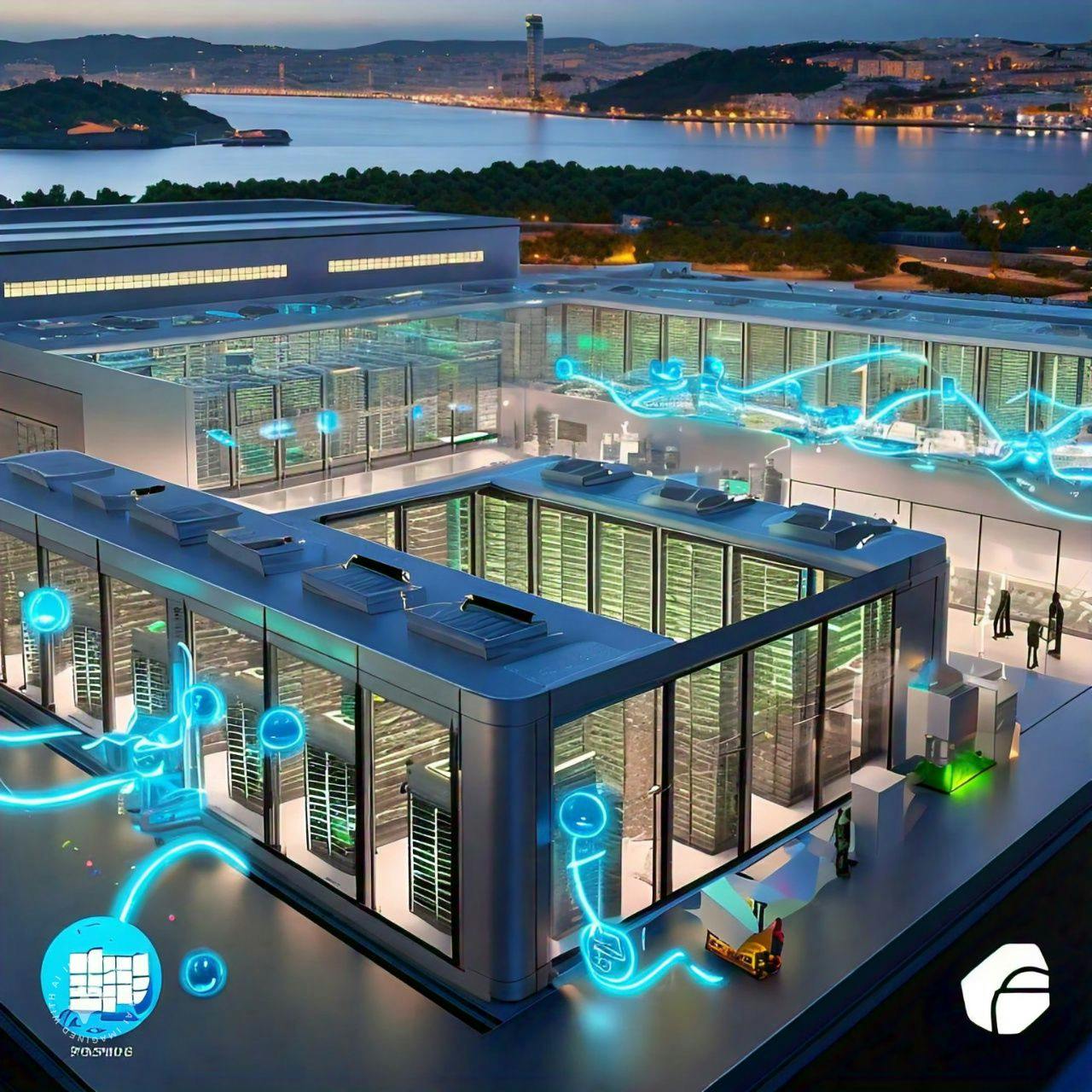
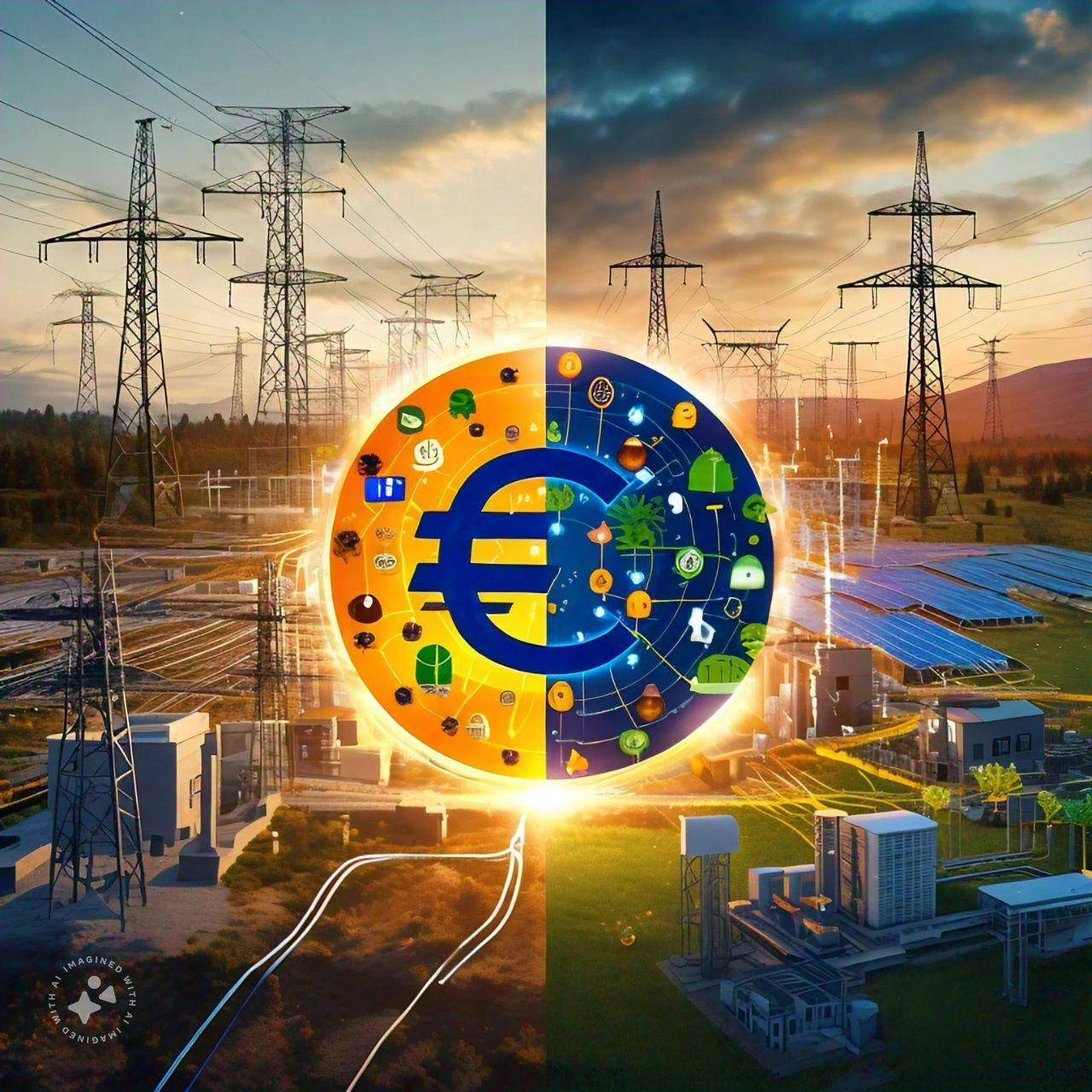
The challenges of an aging power infrastructure
Europe boasts the oldest power grid in the world, necessitating an extensive overhaul. To keep pace with the burgeoning energy demands of data centres, Europe will require nearly €800 billion (£685 billion) for upgrades to transmission and distribution systems over the next decade.
This investment is critical not just for accommodating new energy sources, but also for ensuring that the existing infrastructure is capable of handling increased loads without compromising reliability.
Investment in renewable energy
Transitioning towards renewable energy will play a pivotal role in meeting future energy demands. Not only will investments in solar, wind, and hydro energy capacity total around €850 billion (£729 billion) in the coming years, but these efforts are crucial for establishing a more resilient energy supply chain. Renewables offer a sustainable solution to the growing energy challenge, providing an alternative to traditional fossil fuels.
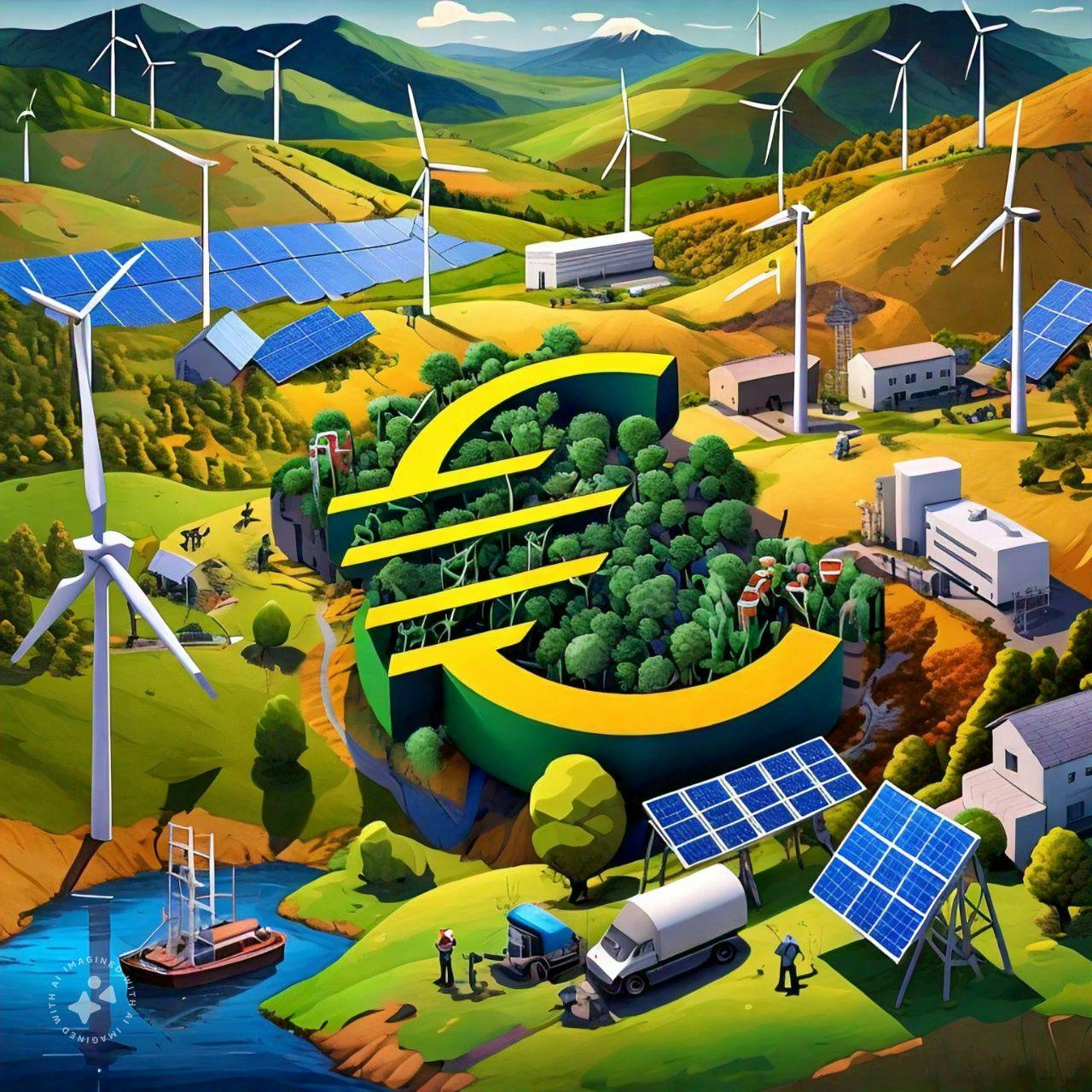
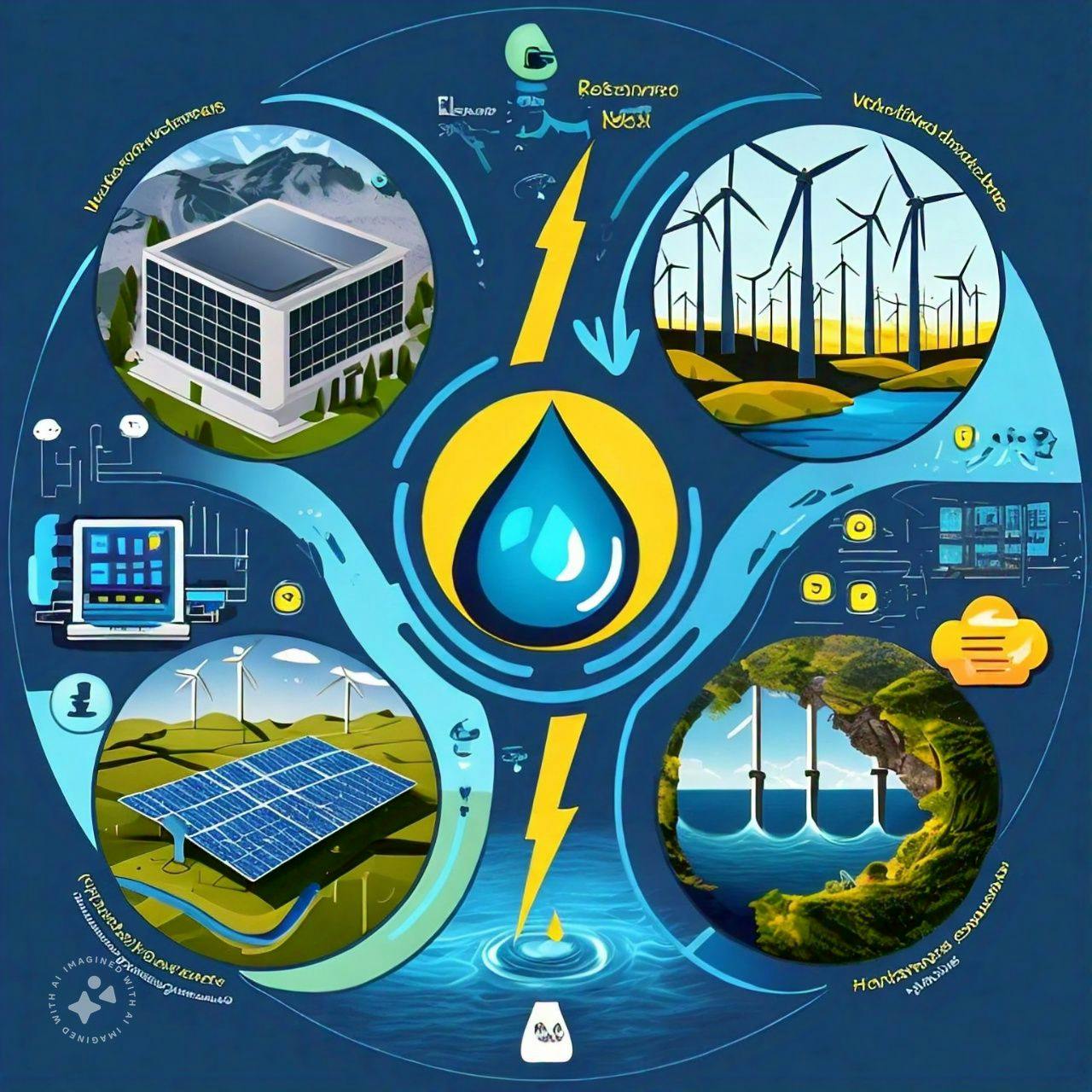
The water-energy nexus
As the demand for AI escalates, it inadvertently places strain on local water supplies. The cooling processes in data centres and the water needed for renewable energy production, particularly in hydro plants, create a complex interdependence between energy and water availability.
Addressing this relationship is essential to ensure that energy production does not come at the expense of water resources. In an environment where both are limited, optimising usage for both sectors will be necessary for long-term viability.
Strategies for modernizing energy infrastructure
Enhancing Grid Flexibility
One of the most pressing issues facing energy providers is the need for a flexible grid that can adapt to fluctuating energy demands. Smart grid technologies enable real-time monitoring and management of energy flows, allowing for a more responsive approach to consumption patterns. By utilising data analytics and AI-driven forecasts, energy providers can optimise distribution, reducing instances of overloads and blackouts.
Decentralisation of Energy Sources
Decentralising energy generation can alleviate the burden on traditional power grids. By promoting local energy production through solar panels, wind turbines, and other renewable sources, communities can contribute to their energy needs whilst reducing dependency on centralised facilities. This approach not only enhances resilience but also empowers consumers to take charge of their energy use and costs.
Energy Storage Solutions
The development of advanced energy storage technologies is crucial for accommodating the intermittent nature of renewable energy sources. Battery storage systems can capture excess energy generated during peak production periods and release it during high-demand times. This equilibrium between supply and demand ensures that energy is available when it's needed most, thereby reducing strain on the grid.
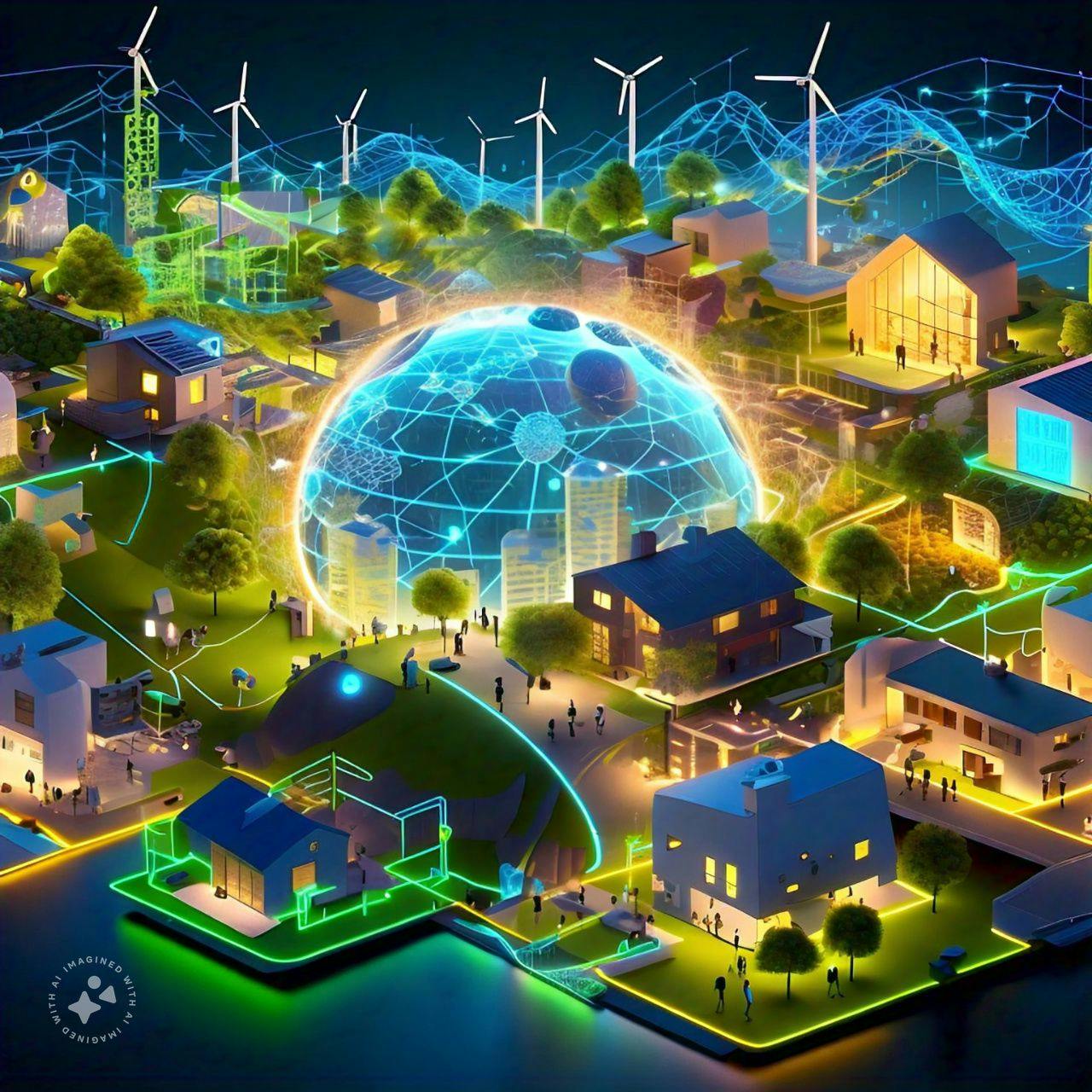

The role of policy and regulation
Government policies and regulations will play a critical role in shaping the future of energy infrastructure. Incentives for renewable energy projects, investments in smart grid technologies, and support for research and development will all be necessary to create a robust framework for the energy landscape of tomorrow.
Additionally, public engagement and awareness are vital for promoting responsible practices among consumers and businesses alike.
Conclusion
The intersection of artificial intelligence and energy demands presents both challenges and opportunities. As Europe braces for a significant increase in power requirements, the modernisation of its energy infrastructure will be indispensable. Investments in renewable energy, smarter grid technologies, and decentralised production strategies will not only ensure a reliable energy supply but also create an enduring framework for future generations. The ongoing evolution of the energy landscape is a testament to the adaptive strategies that societies must embrace to thrive in an increasingly digital world.
As this transition unfolds, it is imperative for stakeholders—governments, businesses, and consumers—to work together in reshaping the future of energy, fostering an ecosystem that supports innovation whilst preserving vital resources. The journey ahead will require collaboration, foresight, and a commitment to restructuring not just our energy systems, but the very fabric of how we consume and produce energy in an AI-dominated age.
For further reading, check out the insights shared by Goldman Sachs and WIRED.
17 South Street
Auckland 1010
New Zealand
info@carbonclick.com- -
- X
Sign up. Be inspired. Get clicking.
Subscribe now to stay up to date with CarbonClick, carbon offsetting and climate action.
By signing up you agree to our Privacy Policy.


